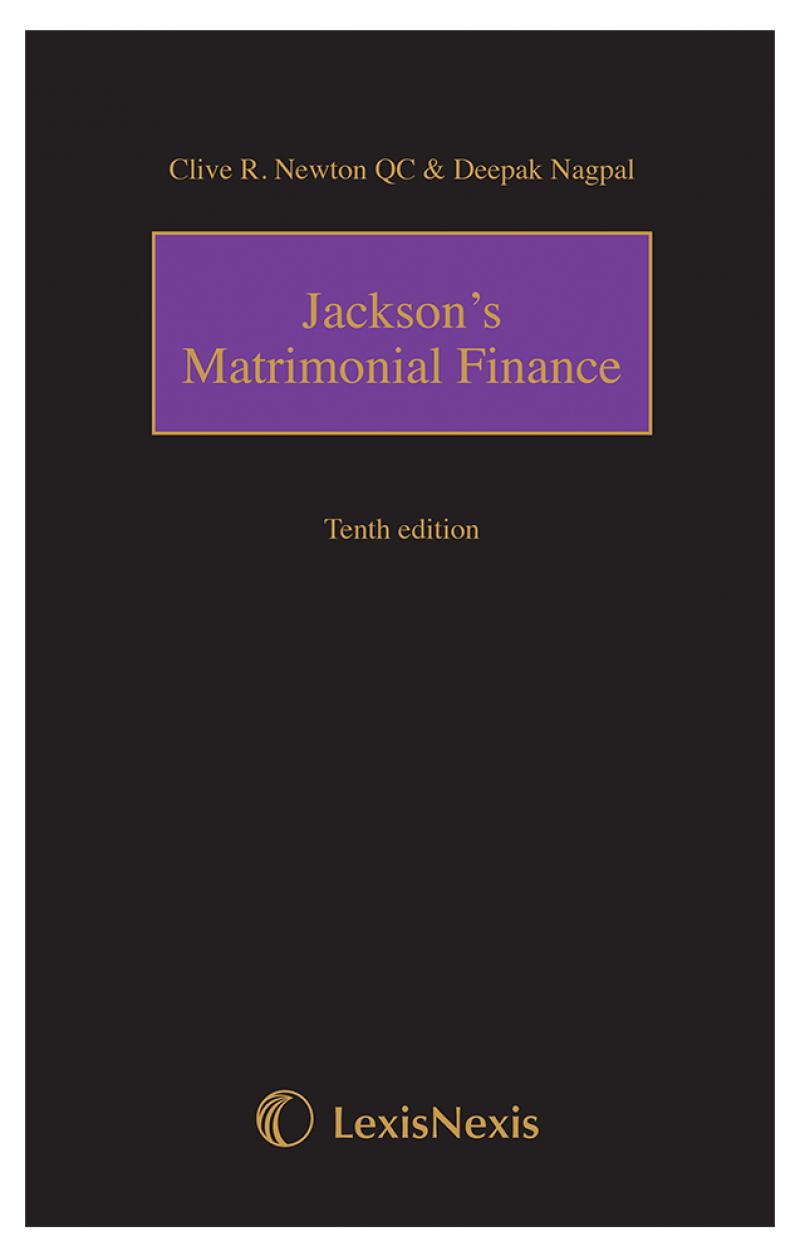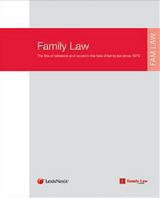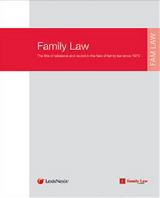family law, domestic violence, rights of women, legal aid, access to justice, LASPO
Muna Saleem, Solicitor, Crisp & CoFrom time to time issues arise in the UK court systems that
create moral and emotional waves that pull back the veil, so often drawn across
the complexities of our judiciary establishments.
One such issue has arisen recently involving the Legal Aid
Agency’s right to deny much needed legal aid to certain domestic abuse victims
due to either a lack of evidence or presentation of evidence outside of the
allotted time period.
First of all let’s look at the case history and the parties
involved, before moving on to examine the past, present and future implications
this case will have on the legal system and, most importantly, victims of
domestic abuse.
The case background
On 22 January 2015, the
case against theLord Chancellor and Secretary of State for Justice Chris Grayling was
brought to a close. The case stated that Grayling had gone above the authority
given to him by the Legal Aid, Sentencing and Punishment of Offenders Act
2012 (LASPO), in adding certain regulations to the Civil Legal Aid
(Procedure) Regulations; in other words he had effectively changed the nature
of the act by adding these regulations.
The claimants,
Rights of Women, took up the case in order to remove regulation 33 of the CLA (P)
regulations that were added. This removal would undeniably mean more access to
legal aid for domestic abuse victims.
Regulation 33
First,
to look at how regulation 33 affects domestic abuse victims, it is worth looking at the
distinguishing problems. The main claims by Rights for Women were based around
four key aspects:
(1) The
gathering of evidence is a costly and lengthy process; they must be in the form
of a police caution for a domestic violence offence, a relevant protective
injunction or a finding of fact, made in proceedings in the United Kingdom.
(There are other types of evidence, these are given as examples).
These evidentiary requirements do not take
into account coercive and threatening behaviours or financial abuse and it can
be very difficult, as well as traumatic, for victims of emotional or psychological
abuse to gather the necessary evidence. These limits are quite narrow and
prescriptive.
(2) The
second is that much of the evidence based process simply does not take account
of those who consider themselves to be at risk but to whom no domestic abuse
has yet taken place. These situations are very difficult to provide evidence
for and create great difficulty for victims attempting to prevent, rather than
stop, domestic abuse.
(3) The
third problem is that only Court or statutory body evidence is allowed, and
this adds further barriers to victims seeking legal aid in these cases. There
is no discretion at the hands of the Legal Aid Agency to accept or deny
applicants based on their own expert views, and the standards set out (which
exclude many) have an allowance for discretionary deviation.
(4) The
final and most stressed issue is the evidentiary time limit. Any evidence
presented must have been gathered and certified within 24 months of the ruling,
otherwise the victim will not be granted legal aid. Due to fear, intimidation,
emotional and physical trauma, victims often do not feel able to come forward
or present evidence within a 24 month period, and are then discounted.
The statistics
In consideration of this, whilst regulations and standards are important, there
is very strong case to be made that the CLA (P) regulations do not take into
account much of the practicalities and realities of domestic abuse cases and the
victims involved. The next assessment that would be useful, is to look at
the statistics and see what sort of impact this change is having on the victims
themselves.
In
a
press release before the ruling, Emma Scott, the Director of Rights for
Women said the regulations had 'created a
barrier to family law legal aid and to access to justice for women'. The
statistics do seem to back up that statement. Of 182 women surveyed, 75% said
finding a legal aid solicitor was difficult or very difficult. 40% did not have
the necessarily complex evidence to meet the criteria for legal aid and 23% of
the 182 women surveyed had the evidence required but it was older than 24 months,
and were therefore excluded from receiving legal aid.
58%
of these women also said they took no legal action at all, as a result of not
being able to apply for legal aid. Without the help of organisations like
Rights for Women who guide victims through the intricate process, getting legal
aid can be incredibly difficult and time-consuming, not to mention emotionally
traumatic.
26%
of the surveyed women had paid for legal representation themselves at huge
cost, and a further 26% represented themselves in their cases. Scott went on to
say Rights for Women wanted to: 'Hold the
government to account on their promise to continue to make family law legal aid
available to victims of domestic violence'.
On
the basis of the statistics, female domestic abuse victims are clearly
struggling to gain the aid and representation that they need.
Rights
for Women said the regulations were 'excluding
many women who ought to be eligible for legal aid under the terms of LASPO 2012'.
They also claimed that 'Regulation 33 is
Ultra Vires', meaning that the creation of the regulations was beyond the
powers granted to Grayling by the LASPO act in 2012.
The Grayling defence
In his defence, Grayling said that:
'The legislative intention is to provide
legal aid to those victims of domestic violence who require assistance because
they will be intimidated or otherwise materially disadvantaged by having to
face their abuser in court'. He believes that: 'those
who do not require legal aid for this purpose do not receive it.'
This surely demonstrates Grayling’s hard-line approach to
the issue and a potential lack of concern for the public perceptions of the
situation. He did give a nod to the victims, who were not able to receive legal
aid, saying: 'Imposing such requirements
inevitably means that lines will have to be drawn.'
In many ways, this is of itself, not an unfair assessment.
There does have to be a line drawn somewhere, and this is always going to mean
a cut-off of some of the applicants. The issue that Rights for Women have is
that this line drawing is unavoidably and decisively unfair and likely to mean
that some victims will lose access to vital legal aid, even though they deserve
it.
The ruling
Ms Justice Lang (the presiding judge) said: 'I am satisfied that the Claimant has shown
a good arguable case that some victims of serious domestic violence, who are
genuinely in need of legal aid, cannot fulfil the requirements of regulation 33' but then went on to say that 'I consider the Defendant is correct to
submit that section 12(3)(g) envisages that evidential requirements may be
imposed in the form of regulations'.
I take this to mean that although Ms Justice Lang agreed
that there was a potential problem, and that some genuine victims were not
receiving aid, there had to be regulations and laws; she has no desire to allow
moral issues to take precedence over the law. She quoted Lord Bingham to make a
final point, saying: 'The democratic process is liable to be
subverted, if on a question of moral and political judgment, opponents of the
Act achieve through the Courts that which they could not achieve in
Parliament.'
Ms Justice Lang’s statement hints at the obvious. This is an
extremely emotive and morally charged issue and although the case found that
Grayling acted within his power in creating the regulations, the case has
brought this highly emotive issue to the attention of the public.
I was surprised by Ms Justice Lang’s admission that the
legal aid provision is not complete, and it would have been interesting to see
what action she could have taken to move towards righting an admittedly
ineffective system. Her ruling (backed by Lord Justice Fulford) could set back
the cause of fixing legal aid quite significantly.
It could also set a precedent for moral complexities to have
no meaning or weight in court. Whilst the ruling would appear to be legal and
fair, I can’t help but think this could have been an opportunity to
fundamentally change how we treat domestic abuse victims.
I begin to now wonder when, or even if, the opportunity will
come again?
The views expressed by contributing authors are not necessarily those of Family Law or Jordan Publishing and should not be considered as legal advice.











 31 MAR 2025
31 MAR 2025

 31 MAR 2025
31 MAR 2025

 31 MAR 2025
31 MAR 2025

 31 MAR 2025
31 MAR 2025

 31 MAR 2025
31 MAR 2025











